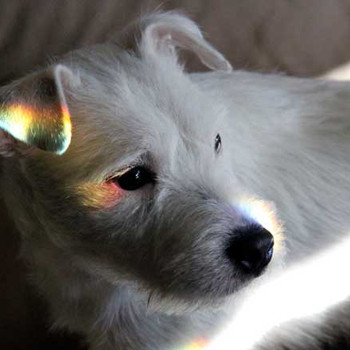If an element has more than one ionic charge, how is that piece of information represented in a chemical name?
↳Redirected from
"What polyatomic ion has a positive charge?"
The charge on the metal ion is indicated with Roman numerals after the name of the metal.
This only occurs with the ions formed by the transition metals. For example, Copper can form ions with a #1^+# or a #2^+"# charge. You would indicate the charge on the ion with a Roman numeral.
Consider #"CuCl"#. Since the chloride ion always has a #1^(-)"# charge, and there are no subscripts, we can know that the copper ion in this compound has a charge of #1^+"# in order for the compound to be neutral. We would name this compound copper(I) chloride, or in words only, copper one chloride. #"CuCl"# can also be named cuprous chloride, though it is not used very often today.
Now consider #"CuCl"_2"#. There are two chloride ions and one copper ion. The total chloride charge is #2xx1^(-)=2^(-)"#. The copper ion does not have a subscript and we know that ionic compounds are neutral. So in order for #"CuCl"_2"# to be neutral, the charge on the single copper ion is #2^+"#. We would name this ionic compound copper(II) chloride, or in words only, copper two chloride. This compound can also be named cupric chloride.

